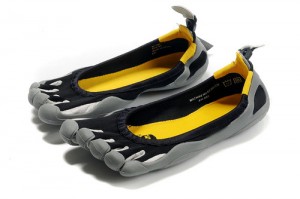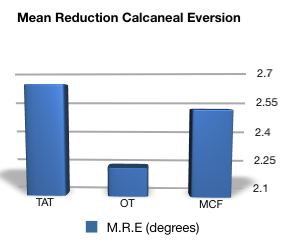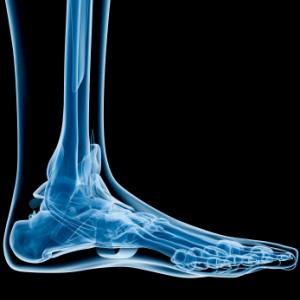Aerobic exercise, particularly in the form of running, has become more popular with the general population over the last few decades. Unfortunately, this increase in healthy exercise may come at a cost with up to 80% of runners reporting a lower limb injury. These trends mean that preventing running injuries is gaining significant importance in the world of sports medicine. One touted intervention that is currently in vogue is adapting the runner’s biomechanics to a forefoot strike pattern or barefoot running technique…
In this episode of the podcast I interview Trent Salkavich. Trent is a Sports Podiatrist and Director of SportsPodiatrists.com.au. He consults from Sydney Sports Medicine Centre, Balmain Sports Medicine and Sydney Sports Med Specialists. He is currently the consulting podiatrist for the Australian Defence Force Academy Barracks, Sydney Apia (formally known as the Medibank) International Tennis Tournament, NSWIS/AIS Tennis players, various AUS/NSW Institute of Sport athletes, and the Australian Wallabies 2011 World cup team.
 TSP009: Footwear Prescription for Running with Trent Salkavich [ 33:18 ] Play Now | Play in Popup | Download
TSP009: Footwear Prescription for Running with Trent Salkavich [ 33:18 ] Play Now | Play in Popup | DownloadThe shoe industry has evolved most rapidly over the previous decade and will continue to evolve as new technologies and markets are formed. We are in an era where athletes are training in barefoot running shoes and it’s not uncommon for a shoe to carry a microprocessor to play music and/or retain information for further gait evaluation post training. This article aims to unravel the hype and assist physiotherapists on advising the most appropriate footwear for their patients.
On a daily basis sports physiotherapists assess and diagnose in an attempt to establish contributors to injury. When assessing lower limb injuries one of the most common offenders seems to be excessive dynamic pronation. As you know this movement is required during stance phase to allow for normal patterning. Pronation is not always evil! However, where we get into trouble is when there is excessive pronation. This article will discuss the effectiveness of various external controls in preventing excessive pronation…
What if I were to tell you that I was going to discuss the second most common foot injury in athletes, that is missed or misdiagnosed in 1 in every 5 cases? Is that something you might be interested in? Well that is what happening… Lisfranc joint injuries are a challenging presentation in an athletic population. As stated above, they are relatively common and regularly misdiagnosed. However, unfortunately they have the potential to develop into a CAREER-ENDING injury! Undoubtedly, this makes prompt and accurate diagnosis and evidence based management exceptionally important.
Plantar heel pain, or commonly plantar fasciitis, is a very common clinical presentation. In an athletic population of runners, plantar heel pain has been shown to account for as much as 8% of injuries (Taunton et al 2002). Thus, sports physiotherapists should be aware of the most appropriate management techniques for this condition. Recently support for the effectiveness of myofascial trigger point therapy has come from a randomised controlled trial. The results and techniques utilised in the trial are discussed in this post.
How important is foot posture? Think about this question… what are your thoughts? I guarantee that the majority sports physiotherapists would be aware of the impact of foot posture on the lower limb kinetic chain. Thus, you sports physiotherapists would be aware of the predisposition to many overuse injuries that poor foot posture will give your athletes. This has lead to the practice in the sports medicine world of attempting to strengthen the musculature responsible for restricting and/or controlling foot (over)pronation. This article discusses the thinking behind these clinical decisions and research regarding the optimal exercise choice.







